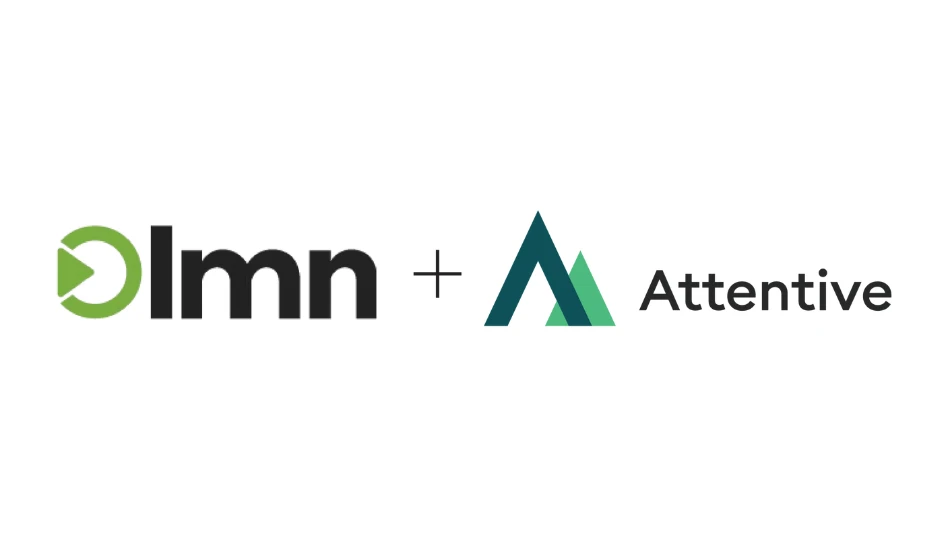Travels with Jim follows Jim Huston around the country as he visits with landscapers and helps them understand their numbers to make smarter decisions.

It may seem that it takes an Einstein to get your staff to think like entrepreneurs, but it may be simpler than you think. Just about everyone has at least some of the entrepreneurial DNA within them. This is especially true of landscapers. We’re not afraid to try something new, in order to put a little more money in our pockets.
Tapping into this inherent desire that most of us have to better our lot in life is probably one of the big reasons why you’re in business in the first place. You understand this, but I bet a number of the people in your company do not. Piece-rate pay just may be a means to help get everyone on your team actually working more like a team – to get them all rowing in the same direction.
How it works in the field.
A full-service, residential landscape client in New England had a mowing crew that was taking 40 hours a week to mow their routes, but they were skipping more than half of the lawns because the area was in its worst drought in history.
If a customer’s front lawn looked burnt, the crew didn’t even slow down the truck. They drove right on by to the next customer. The mowing clients paid on a per mow basis. The contractor decided to pay his crews based on a fixed amount for each job that they mowed. If the crew inspected a yard and it didn’t get mowed, they didn’t get paid. Neither did they get paid for travel time nor call backs.
The crew was paid only if the customer paid for a cut lawn. Miraculously, the crew mowed dozens more lawns each week. After a couple of unpaid call-backs, quality issues evaporated and both the crew and the company made more money. And it was all done in just 40 hours a week.
What happened? The crews started thinking like entrepreneurs. The more lawns that they successfully inspected and mowed, the more money they earned. They became much more efficient and accomplished significantly more in a day than they had before. Because they were acting like entrepreneurs, they made more money and improved their lives.
A commercial landscape maintenance client in central Utah had his crews on piece-rate pay. The crews were very happy with the arrangement. The maintenance clients were very happy with the quality of the work being performed. My client was very happy. Unfortunately, the federal government wasn’t happy.
A federal labor board selected this company for an audit. The auditor told my client that he’d find something – guaranteed – and he did. Due to some missing documentation on the employees’ payroll check-stubs, this contractor had to stop paying on a piece-rate basis for a year, until he fixed the problem. During that one-year period, my client saw the productivity of his crews decrease 22 percent. He has since fixed the problem with the pay stubs and productivity is improving.
Piece-rate pay might not only improve your bottom line, it may also give you more peace of mind. And who couldn’t use a little more of both?
This contractor later shared with me an additional improvement in his company. Not only was his labor 22 percent more efficient but his equipment utilization was 22 percent more efficient. Both were huge savings in his business.
The bottom line.
There is a great book on this subject, “Lawn Maintenance PieceWork and the Beautiful Business.”
Piece-rate pay may not be the answer to all of your challenges. However, it may help, and in a big way. It can help by encouraging the members of your team to think like entrepreneurs. That means constantly thinking about improving the way that you do things in order to improve the bottom line.
And improving the bottom line is what it’s all about. Come to think about it, piece-rate pay might not only improve your bottom line, it may also give you more peace of mind. And who couldn’t use a little more of both.

Explore the July 2017 Issue
Check out more from this issue and find your next story to read.
Latest from Lawn & Landscape
- When it's time to take a sabbatical
- Webinar: Beyond the flashy AI headlines
- Mariani Premier Group acquires Liliput in Los Angeles
- Ways to find exponential growth
- Greenzie rolls out new software upgrade Monday
- LandCare revitalizes child welfare organization in Florida
- Benefits for the brain
- Fisk Lawnscapes explains how and why employees receive its Therapy Benefit





